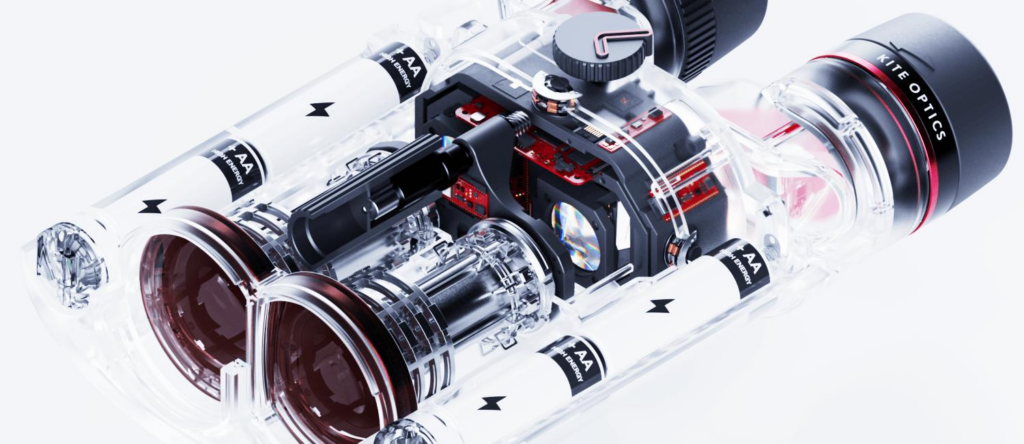
Question
I tested the Canon 10x20 IS binoculars in a store today and it convinced me that I want to get binoculars with image stabilization at the price point of these models.
However, I’m torn between the 10x20 and 10x30 models and can’t decide which to get.
The 10x20 is more recent and uses a different technology for the stabilization (lens-shift) while the older 10x30 model from Canon incorporates “vari-angle prisms”. I have no idea how different these systems compare and which is best.
- 10x20 is about 400g while the 10x30 is about 600g
- 10x20 uses CR123 batteries, 10x30 uses more common AAA batteries
- 10x20 came out in 2019, and the 10x30 came out in 2015 (I believe)
- Is the bigger lens worth it? Any advice is welcome.
Answer: Canon 10x20 IS vs Canon 10x30 IS II Binoculars
Choosing the Right Binocular Configuration:
When it comes to binoculars, selecting the right configuration can significantly impact your viewing experience.
As you can see in many of my guides including ones like What To Look For When Buying Binoculars or this one on How to Choose Between Binoculars, I suggest before taking a look at their features, the most important step is to consider the two different binocular configurations and decide which one best lines up with your main intended use or interest.
So let’s ignore the technical differences for a moment, break down the two main options, and explore their strengths and weaknesses hopefully, this will get you closer to deciding which model is best for you:
- Compact Binoculars (10x20): Binoculars with objectives under 28mm are generally considered to be compact binoculars. These smaller, lightweight binoculars are ideal for activities where portability matters – think hiking, kayaking, or at sporting events. However, their small lenses combined with a reasonably powerful 10x magnification come with a trade-off: reduced optical performance, especially in low-light conditions.
- Mid-Size Binoculars (10x30): Falling between compact and full-sized models, Mid-sized binoculars (30mm to 38mm lenses) strike a balance. They offer better optical performance (especially in low light) than compact binoculars like a 10x20 but are still more manageable and easier to transport than larger 10x42 binoculars for example. Consider them for general travel (so you can carry luggage), safaris, or leisurely walks. They are also a nice size to keep around the house and use out in the garden.
So Is Bigger Always Better?
No – The decision between binoculars with different-sized lenses and which one is better largely depends on your main intended use for them:
If you prioritize portability, go for the mid-size option. However, if image quality matters most, especially in challenging lighting conditions, consider the larger lens option.
More Information
- For a detailed exploration of different configurations, check out my article on How Different Configurations Affect a Binocular.
- Additionally, I’ve created this chart summarizing common configurations and their relative strengths and weaknesses
Image Stabilization: Lens-Shift vs Vari-Angle Prisms
You also asked about the different technologies used in image stabilization binoculars, so lens-shift vs vari-angle prisms.

I have looked into this as well as the other IS technologies and how they work in some depth in a technical review I put together when I was testing the new Kite APC image stabilized binoculars.
So whilst this article is not specifically about the Canon IS binoculars, it will give you a good understanding of the relative strengths and weaknesses of each of the systems used:
New KITE APC 50 Binoculars: Next-Level Image Stabilization.
Further Reading
- Main Hub Page: Image-Stabilized Binoculars – Reviews & Guides
- About Canon IS Binoculars & the other models
- Canon 8x20 IS & 10x20 IS Binoculars Review – Should You Buy?
- Does Image Stabilization Work?
The post Image Stabilized Binoculars: Canon 10x20 IS vs Canon 10x30 IS II Binoculars appeared first on Best Binocular Reviews.
